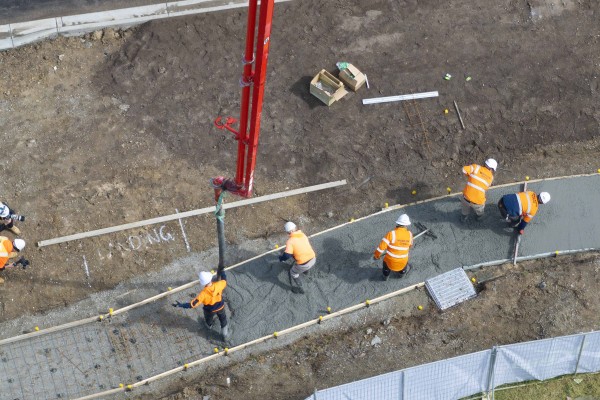Turning lattes into low-carbon concrete: RMIT shows coffee waste can cut emissions

RMIT researchers have demonstrated that concrete made with biochar derived from spent coffee grounds can deliver significant carbon reductions while maintaining the strength gains seen in earlier laboratory trials.
The team previously produced high-quality biochar by heating used coffee grounds to around 350°C in an oxygen-free environment, finding that replacing 15% of the sand in concrete increased the 28-day strength by about 30%.
A life-cycle assessment led by Dr Jingxuan Zhang and Dr Mohammad Saberian shows that substituting sand with coffee biochar can reduce life-cycle carbon emissions by 15%, 23% and 26% at 5%, 10% and 15% replacement levels. The assessment also reports up to 31% lower fossil fuel use and improved outcomes for water ecosystems.
The research supports Australia’s circular economy targets by turning organic waste into functional construction materials and reducing demand for natural sand. Jingxuan says the findings reinforced the case for field trials, noting that earlier strength results aligned with the environmental benefits identified in the new analysis.
Professor Chun-Qing Li says the work showed that moderate amounts of coffee biochar could provide a practical route to lower-impact concrete. Mohammad adds that the team is engaging with industry and all levels of government, with next steps including larger pilots, mix optimisation and alignment with relevant standards.
RMIT and its partners have already completed public demonstrations, including a footpath trial and the first coffee-biochar concrete installation on the Victorian Big Build, as well as featuring the concept in the National Gallery of Victoria’s Making Good: Redesigning the Everyday exhibition.
